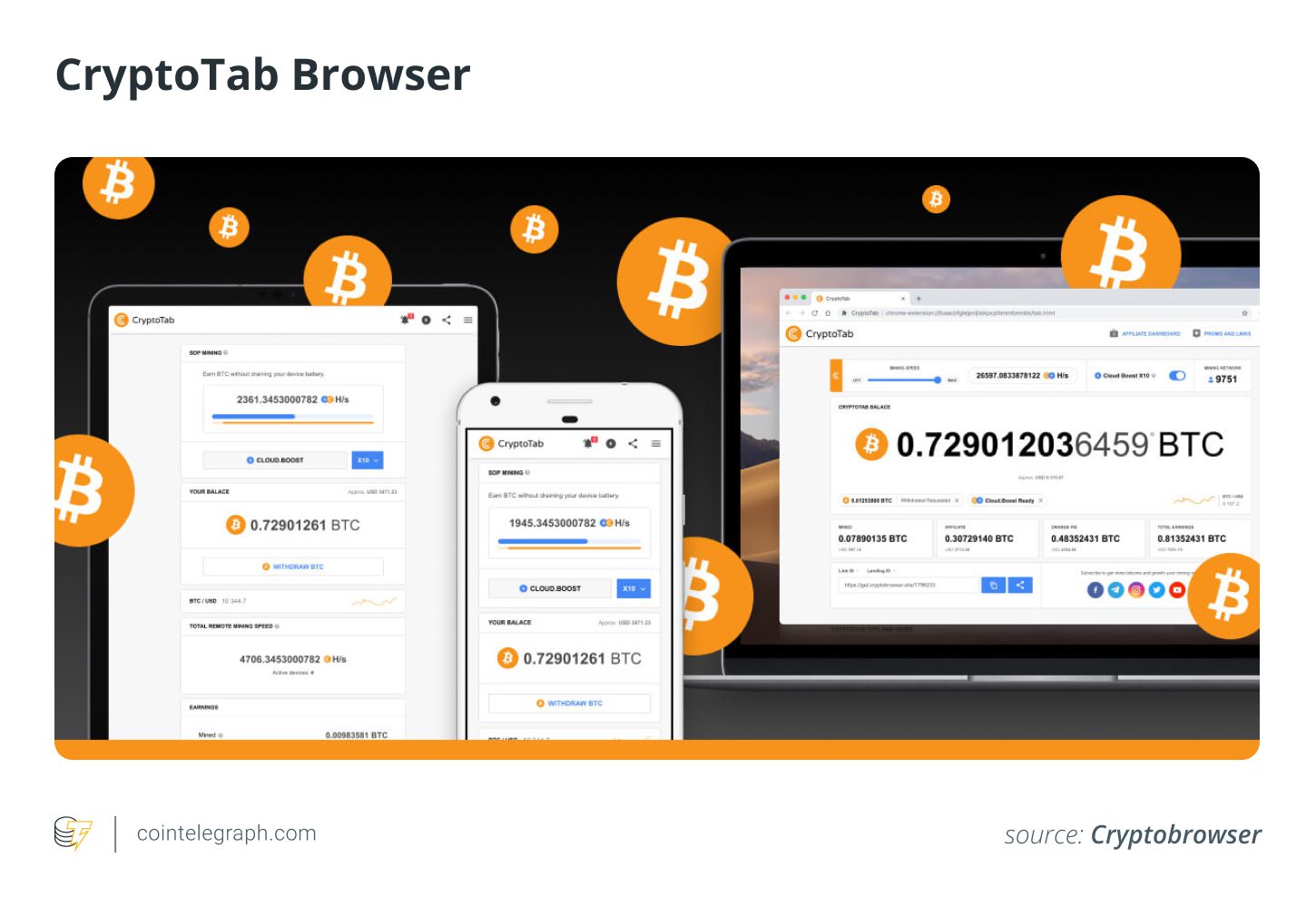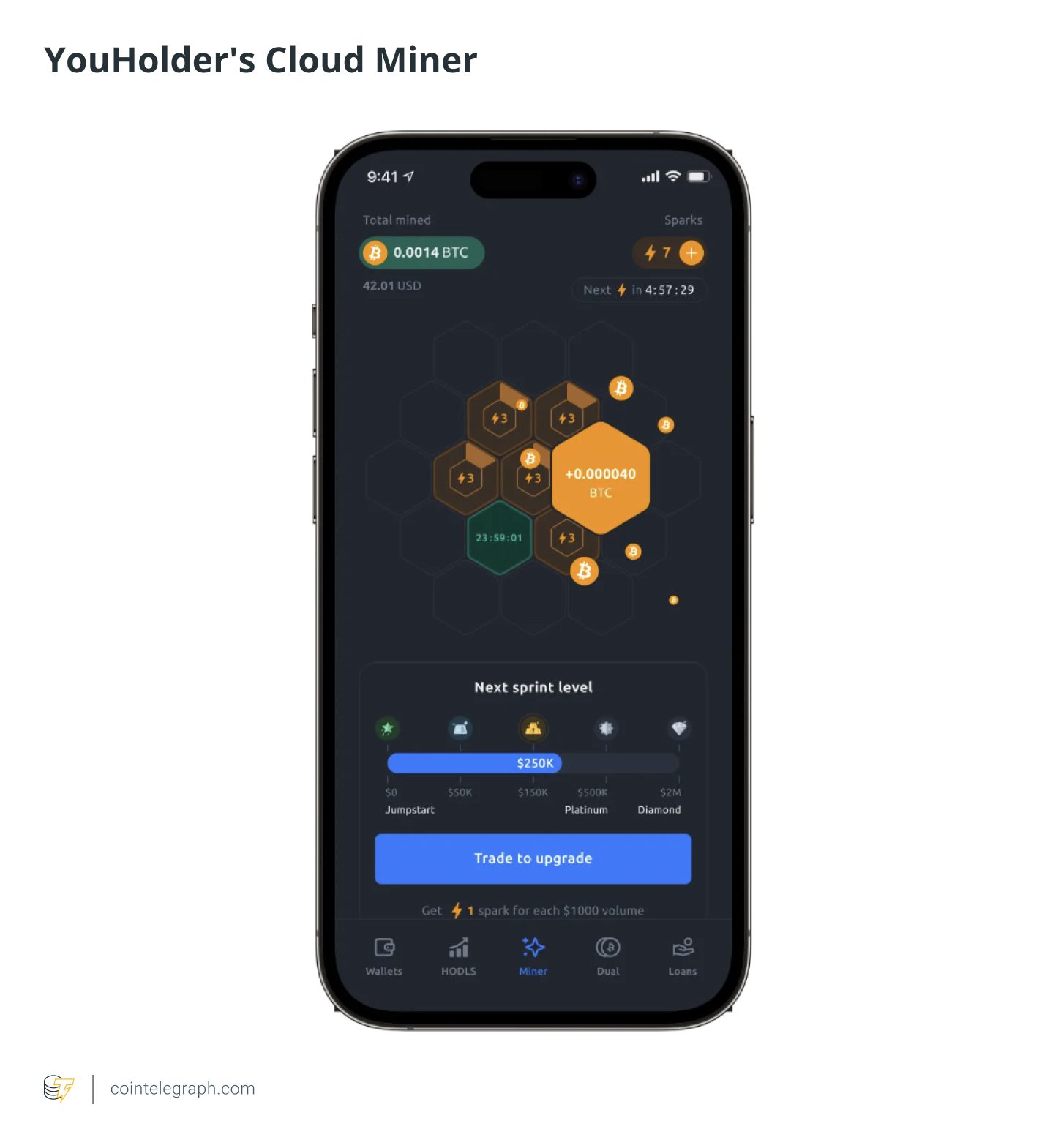Is Browser-Based Crypto Mining Still Viable in 2025?
Browser-based crypto mining allows users to earn cryptocurrency by using their computer’s processing power through a web browser. While it gained popularity in the late 2010s with tools like Coinhive, it faced challenges due to cryptojacking. In 2025, browser mining is making a comeback with new platforms and technologies. But is it a worthwhile endeavor?
Key Takeaways
- Resurgence: Browser mining has seen a revival with platforms like CryptoTab Browser, Pi Network, and YouHolder.
- Profitability Concerns: The electricity costs associated with browser mining can outweigh the crypto earned, especially for users with average devices.
- Hardware Strain: Browser mining, although less energy-intensive than ASIC farms, can still strain your device’s hardware.
- Technological Advancements: WebAssembly (Wasm) improves the efficiency of browser mining scripts, leading to a better user experience.
Active Platforms in 2025
- CryptoTab Browser: A Chromium-based browser with a built-in mining feature that allows users to earn Bitcoin passively.
- Pi Network and YouHolder: Mobile-first platforms that simulate mining via smartphones, attracting millions of users.


Supported Cryptocurrencies
- Monero (XMR): Still a popular choice due to its CPU-optimized RandomX algorithm.
- Bitcoin (BTC): CryptoTab focuses on Bitcoin mining, but its efficiency is debated due to Bitcoin’s high mining difficulty.
Who Is Mining Crypto Via Browsers?
- Casual Users: Individuals interested in passive income without significant commitment.
- Crypto Newcomers: Those exploring crypto without risking capital.
- Crypto-Curious Users: People who want to earn crypto while browsing the internet.
Profitability in 2025
Browser mining is generally not very profitable. The earnings are minimal, often a few cents per day, and require leaving the computer running continuously. The electricity costs and hardware strain can outweigh the rewards.
For example, the average US residential electricity rate is about $0.15 per kilowatt-hour. A mid-range laptop mining all day could consume roughly 0.1–0.2 kWh per hour, costing over $10 per month in electricity for only a dollar or two in mined crypto, additionally putting constant load on your CPU.
Comparison with Other Mining Methods
- GPU/ASIC Setups: Far more efficient than browser mining. An ASIC miner can perform significantly more calculations per second.
- Cloud Mining: Renting mining power from remote farms. More efficient but involves subscription fees.

Environmental Impact
Browser mining contributes to a high cumulative power draw due to the number of users mining inefficiently on personal devices. It’s not the most eco-friendly option compared to using renewable energy sources.
Future Trends in Browser Crypto Mining
- WebAssembly (Wasm): Enables faster and more efficient script execution, improving the user experience.
- DeFi Integration: Some projects are exploring combining browser mining with decentralized finance (DeFi) applications.
Regulatory Landscape
Increased regulatory scrutiny may impact how browser-based mining tools are classified and taxed. Countries with energy shortages might crack down on mining activities.
Alternative Use Cases
- Brave Browser: Users earn Basic Attention Tokens (BAT) by viewing ads.
- DeFi Integration: Connecting browser mining with yield farming or liquidity mining.
Yield Farming
You can use BAT earned from viewing ads and channel them into DeFi for additional returns:
- Transfer your earned BAT to a decentralized exchange (DEX) like Uniswap.
- Pair your BAT with another token (e.g., ETH or USDT) to provide liquidity to a BAT/ETH or BAT/USDT pool.
- Stake these LP tokens in Uniswap’s liquidity mining program to earn rewards.
- Maximize returns by staking your LP tokens on another DeFi platform, like Yearn.finance.
- Alternatively, use a yield aggregator like Yield Yak on Solana.
Be aware that in liquidity mining, price fluctuations between paired tokens can lead to losses compared to holding the tokens outright. Also, the value of earned tokens and DeFi rewards can fluctuate (market volatility), impacting overall returns.
Conclusion
Browser-based crypto mining in 2025 is not a lucrative venture but an activity for newcomers and those curious about crypto. While it has improved in terms of technology and ethics, it remains a slow and modest way to explore the world of cryptocurrency.